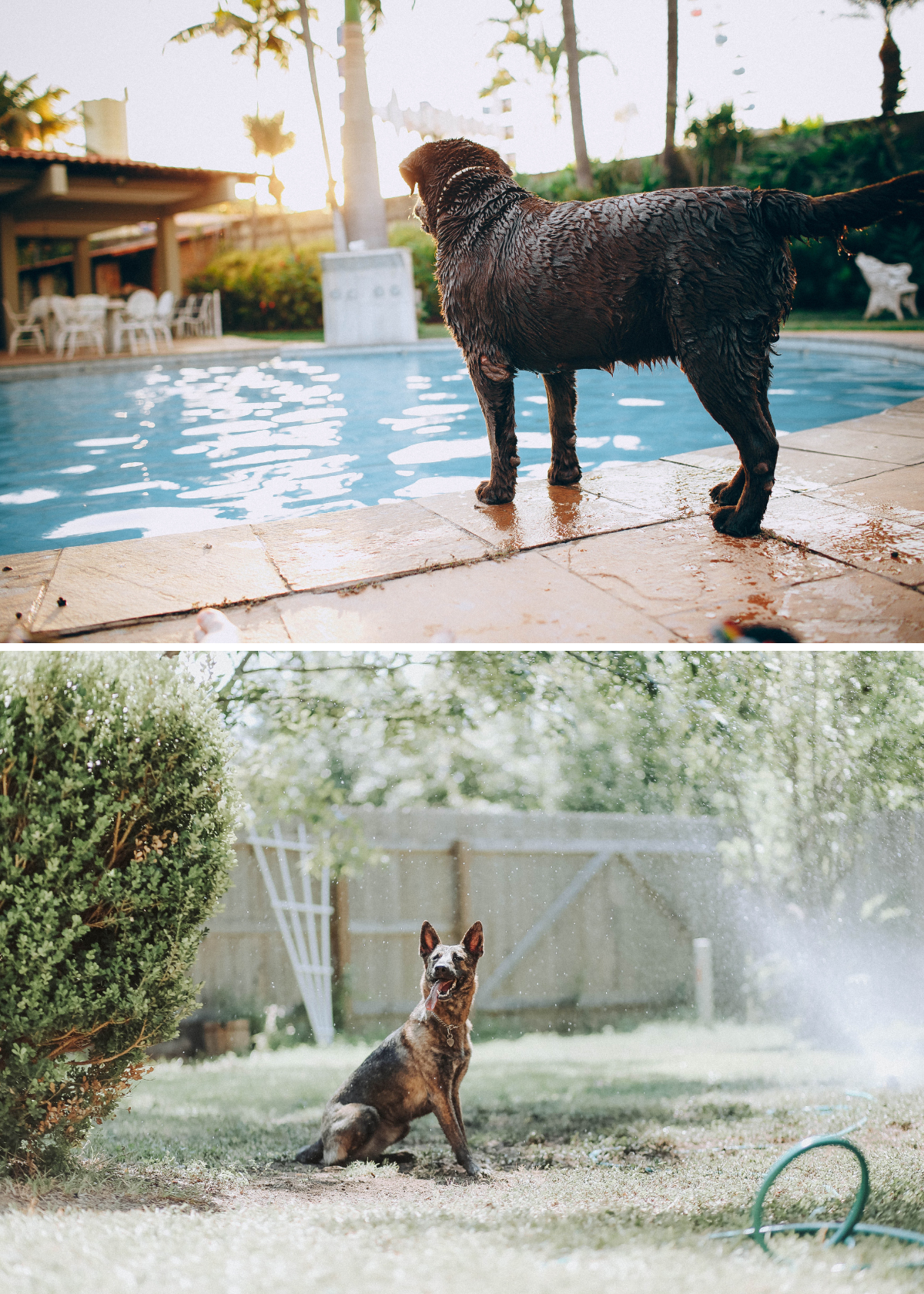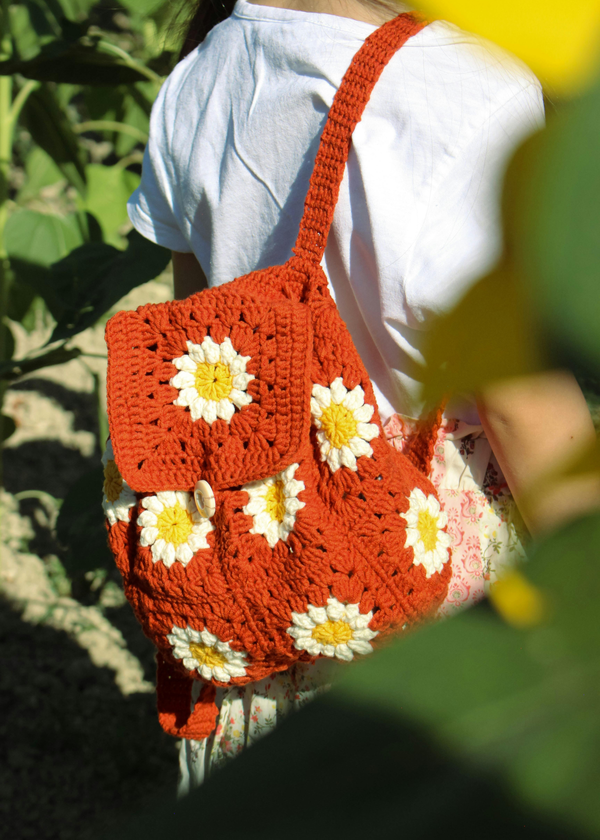Invisible fences, also known as electronic or electric fences, have gained popularity as an alternative to traditional physical fences for containing dogs within designated areas. These systems use a combination of radio signals and a receiver collar to create virtual boundaries.
However, there has been much debate and misinformation surrounding the effectiveness of invisible fences.
In this comprehensive article, we will delve into the mechanics of invisible fences, the factors that may influence a dog's behavior, and the limitations of these containment systems to answer the question:
Can a dog run through an invisible fence?
- Understanding How Invisible Fences Work
Invisible fences consist of two main components: a transmitter and a receiver collar. The transmitter is usually placed indoors and emits a radio signal through a buried wire or a wireless signal.
The receiver collar, worn by the dog, picks up the radio signal as the dog approaches the virtual boundary.
When the dog gets too close to the boundary, the collar emits a warning tone, and if the dog continues to move forward, it delivers a mild static correction to deter the dog from crossing the boundary.
Factors Influencing a Dog's Behavior with Invisible Fences
1. Proper Training
Effective training is critical for the success of an invisible fence. Dogs must be properly introduced to the system and taught to associate the warning tone and static correction with the boundary. Without proper training, a dog may not understand the consequences of crossing the virtual boundary and may attempt to run through it.
2. Temperament and Age of the Dog
A dog's temperament and age can significantly influence their response to an invisible fence.
Some dogs are more sensitive to the warning tones and static corrections, while others may be more stubborn or less affected by them.
Additionally, younger and more energetic dogs may be more determined to explore beyond the boundary, especially if they are not adequately exercised or mentally stimulated.
3. Distractions and Temptations
Even with proper training, certain distractions or temptations can override a dog's association with the boundary warnings. If a dog sees something enticing, like a squirrel or another dog, they may be willing to endure the mild static correction to pursue the object of interest.
Limitations of Invisible Fences
1. The "Breakout" Scenario
In some instances, a dog may run through an invisible fence due to what is commonly known as the "breakout" scenario. A breakout occurs when a dog experiences a surge of adrenaline, such as when they are startled or intensely motivated to chase something. Under these circumstances, a dog may dash through the boundary despite the warning tone and static correction.
2. Lack of Containment for Intruders
While invisible fences prevent dogs from leaving the property, they do not physically prevent other animals or people from entering the designated area. This limitation can be concerning, especially in areas with a high population of stray animals or potential dangers, as there is no barrier to keep them away from your dog.
3. Fear and Anxiety
Critics of invisible fences argue that the static corrections can cause fear, anxiety, or even aggression in some dogs. This fear-based response may create aversive associations with the outdoor environment, leading to a decrease in a dog's overall quality of life.
4. Inconsistent Boundary Awareness
Dogs may not always understand the invisible fence boundaries consistently. Factors such as weather conditions, the presence of metal objects, or even the dog's mood can affect the effectiveness of the system. If the dog is not entirely aware of the boundaries, they may inadvertently run through them.
Responsible Use of Invisible Fences
While invisible fences can be effective when used responsibly, they are not a one-size-fits-all solution. Here are some considerations for responsible use:
1. Proper Training and Supervision
Invest time and effort in properly training your dog to understand the invisible fence system. Regular supervision is also crucial, especially during the initial phase of training and in potentially distracting situations.
2. Complement with Physical Fencing
If safety is a primary concern or if your dog is particularly determined, consider using an invisible fence as a supplement to a traditional physical fence. This approach adds an extra layer of containment and peace of mind.
3. Assessing Your Dog's Suitability
Not all dogs are suitable candidates for invisible fences. Assess your dog's temperament, age, and behavior to determine if this type of containment system is appropriate for them.
4. Monitoring and Maintenance
Regularly check the system for any malfunctions, such as broken wires or low battery levels in the receiver collar. Keeping the system well-maintained ensures its effectiveness.
Alternatives to Invisible Fences
If an invisible fence is not the right choice for your dog or property, consider these alternative containment methods:
1. Traditional Fences
A sturdy physical fence is a reliable way to keep your dog within the designated area while preventing access to potential hazards and intruders.
2. Tethering or Leashing
Supervised outdoor time with the use of a tether or leash can offer a controlled environment for your dog to enjoy the outdoors safely.
3. Behavior Modification Training
Working with a professional dog trainer to modify your dog's behavior and teach reliable recall commands can be highly effective in ensuring their safety and obedience.
Conclusion:
In conclusion, while invisible fences can be effective when used responsibly and in conjunction with proper training, they are not foolproof solutions.
A dog's temperament, age, distractions, and environmental factors can influence their behavior around the boundaries.
It is essential for pet owners to thoroughly understand the limitations of invisible fences and consider alternative containment methods if necessary.
Responsible pet ownership, proper training, and regular supervision remain the key components in ensuring your dog's safety and well-being, regardless of the chosen containment system.
Tap the GREEN button below and see the Best GPS Dog Fences.








